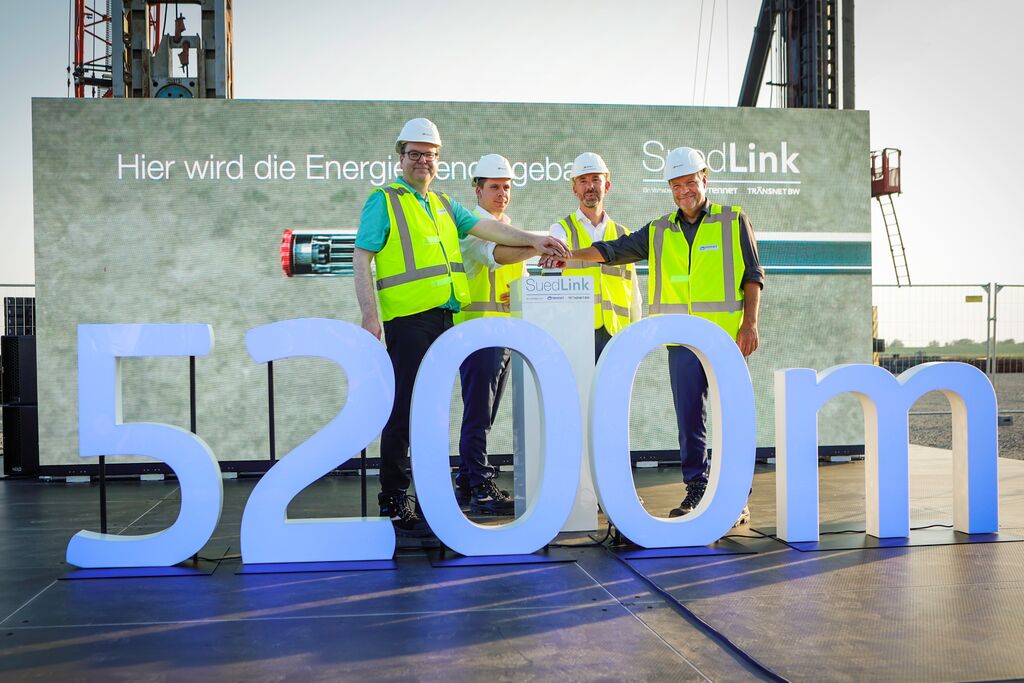Germany’s ambitious renewable energy goals are taking a significant step forward with the commencement of construction on the SuedLink high-voltage line. This 700-kilometer-long transmission line, stretching from northern to southern Germany, promises to revolutionize the country’s energy landscape. With TenneT at the helm, this endeavor represents a colossal ten billion euro investment.
In the pursuit of sustainable energy, Germany has been a frontrunner in Europe. The SuedLink project, managed by TenneT, is a testament to the nation’s unwavering commitment to a greener future. This mammoth undertaking aims to harness the vast wind energy potential of northern Germany and transport it to the energy-hungry south.
Connecting wind power from north to south
Northern regions like Lower Saxony and Schleswig-Holstein boast significant onshore and offshore wind energy resources. SuedLink is the critical link that ensures the efficient transmission of this renewable energy bounty to the southern parts of the country. It’s a colossal effort to bridge the green energy gap.
One of the most remarkable aspects of the SuedLink project is the Elbe crossing. This engineering marvel involves the construction of a five-kilometer-long tunnel to facilitate the passage of SuedLink’s power cables beneath the mighty Elbe River, connecting Wewelsfleth in Schleswig-Holstein and Wischhafen in Lower Saxony. A specialized tunnel-boring machine was meticulously crafted for this purpose.
Direct current (DC) voltage for efficiency
SuedLink employs direct current (DC) voltage, in contrast to conventional high-voltage lines that rely on alternating current. DC voltage is chosen for its efficiency over long distances, leading to fewer energy losses. Additionally, it allows the integration of remote offshore wind farms into the grid.
TenneT has been diligently preparing for this momentous construction since June 2023. Measures include the installation of a medium-voltage connection for the tunnel boring machine in Schleswig-Holstein. The tunnel itself is equipped with a rail system, ensuring ease of access for maintenance and repair work.
A race against time
COO Tim Meyerjürgens emphasizes the need to maintain momentum to meet the 2028 operational deadline. With the permit secured and construction underway, the clock is ticking, and every moment counts in this endeavor to reshape Germany’s energy landscape.





